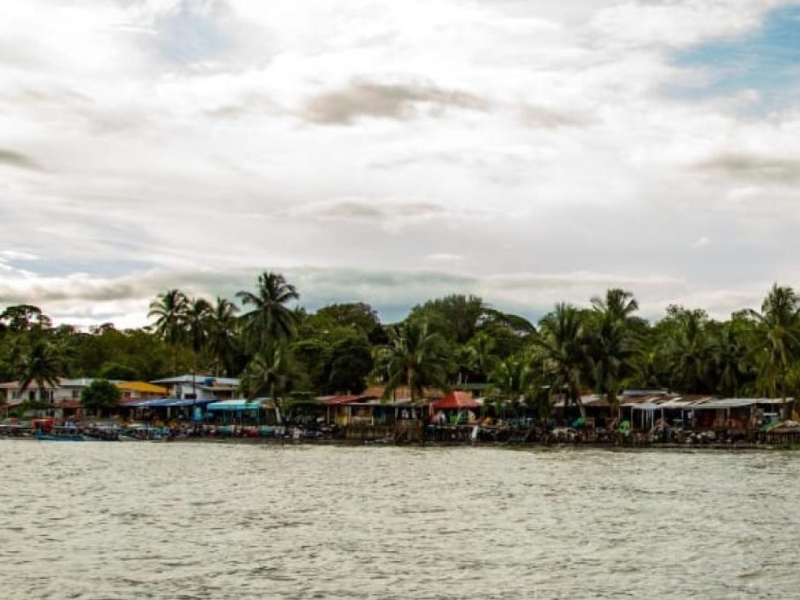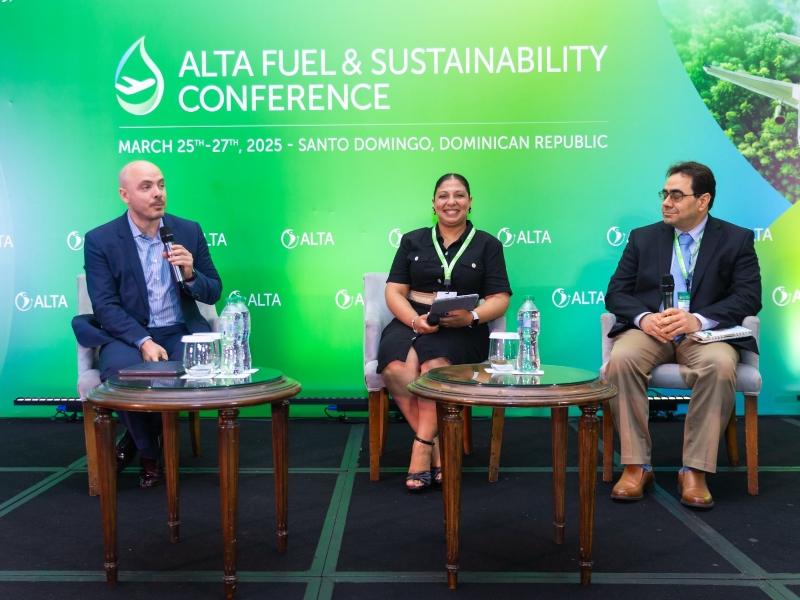Source: Maersk | Hristo Marinov PetkovGlobal Vertical Head, Pharma & Healthcare Vertical
Where are we with the pandemic, and what are the expectations of the logistics industry going forward?
Few countries in the world have received the bulk of vaccines. Currently, 46% of the world population (and counting) has been fully inoculated with a Covid-19 vaccine, while another 12% has received at least one shot. Interesting to note that the top 10 countries have received 75% of all Covid-19 vaccines (China, US, India, Brazil, Japan, Germany, UK, France, Turkey and Italy).
Least vaccinated are the countries with low income. Countries in Africa have reported more than 6.6 million Covid-19 cases and nearly 153,979 fatalities, but the true extent of the pandemic is not known as testing rates are low. South Africa, with more than 3.2 million cases and 90,000 fatalities, is the worst affected country on the continent, according to official figures quoted from a BBC article. From the beginning of the pandemic, it was understood that Africa would have the hardest access to Covid-19 vaccines. As most vaccines are produced in Europe, the United States and Asia, it was evident that most of the vaccines would have to be shipped to Africa and Latin America. As of September, only 12% of Africa’s total population of 1.2 billion have been vaccinated.
COVAX, a global initiative co-led by GAVI, CEPI, UNICEF and WHO, have made a commitment to enable access to safe and effective vaccines in a fair, transparent and equitable way to over 190 countries. COVAX has committed to ensuring participants’ readiness to receive vaccines and support with procurement. COVAX’s ambition to distribute 330 million vaccines in the first half of 2021 is somewhat missing the target, as they delivered only around 230 million till September. They were originally aiming to deliver another 1.1 billion by the end of 2021.
While trying to meet their targets, COVAX has faced some headwinds due to export restrictions from the Serum Institute of India, scale-up challenges at vaccine manufacturing sites, as well as timing issues due to regulatory approval for some new candidate vaccines.
The initial ambition to deliver 2 billion doses by the end of 2022 has been revised to close to 1.5 billion due to challenges in acquiring sufficient funding and vaccine supplies. COVAX is expected to face some major challenges in the next quarter, and their ability to deliver will be crucial to fighting the Covid-19 pandemic.
Fully vaccinated and those receiving a booster shot
Only 20% of people in low- and lower-middle-income countries have received a first dose of the vaccine compared to over 75% in high- and upper-middle-income countries, according to a COVAX statement. One of the reasons, according to the statement, is that most vaccines have been bought up by wealthy nations, despite COVAX having secured more than USD 10 billion in funding, with agreements to purchase 4.5 billion vaccines. Consequently, we see the most vulnerable in the world still unvaccinated, while others in wealthy nations (Israel, Canada, France, Germany, etc) have started receiving booster vaccines.
Who controls vaccine procurement? Has supply outpaced demand to meet global needs?
Ten months since vaccine production started, there is still ambiguity regarding how everybody in the world will get an opportunity to receive the vaccine. Vaccine production is facing a challenge due to lack of available capacity on a global scale, hurdles in equitable distribution, difficulties in regulatory approvals and complex restrictions, and funding challenges. Furthermore, manufacturers have been known to prioritise customers, and many health ministries are unable to receive appropriate doses and administer them to the entire population, according to a COVAX supply forecast.
On top of having insufficient supply, local administration of vaccines will be challenging as not every country has the capacity to scale up vaccinations. The challenge is increased by the lack of peripheral equipment, cold chain capacity, healthcare workers and proper systems to keep track of who has been vaccinated. Often, we hear that “vaccines don’t save lives, vaccination does”, which applies in this case. It’s great that vaccines are being donated to Africa, but when random unpredicted supplies are sent their way, it’s difficult to absorb the new supply, as compared to when properly planned.
According to October reports, COVAX’s ambition is to supply 800 million doses to Africa in the next 6 months. , However, so far, barely 135 million are on the way, which is less than 17%. Only around 2-4% of the region is vaccinated.
At present, we are seeing numerous air freight deliveries despite the very few airports that can receive, store and distribute Covid-19 vaccines. The question is, will the first ocean shipments of Covid vaccines to Africa arrive on time and is there infrastructure in place to distribute/administer them at scale in the region? COVAX’s distribution efforts in other parts of the world are not particularly better advanced, so we are still to see most of the distribution take place in the next 6 months on a much bigger scale compared to the past 10 months.
Making a wider perspective: Covid-19 vs. the world’s deadliest pandemics
The current Covid-19 pandemic took us by surprise and has, to a large extent, steered our lives for the past year and a half. But how does it compare to other pandemics in history? Learning from history, we can see that pandemics in the past have left quite an impact on how society is shaped. While quite significant for us at the moment, the Covid-19 pandemic ranks only 8th on the list of the biggest pandemics in history.
Topping the list is the Black Death, with fatalities of 200 million in the 1300s; Plague of Justinian, 40 million in the 500s and Smallpox, which cost 56 million lives in the 1500s. Some of the most significant pandemics of the past century are the Spanish Flu, HIV/AIDS, and the Asian Flu. This illustrates that pandemics are constant, and it will question what we learn from Covid-19 and how we can prepare for the next one.
Logistics expectations – Global Trade Outlook
At the start of the pandemic in early 2020, there was quick stagnation in the global economy, and global trade took a small dip. However, the situation quickly recovered when we saw stimulus money being injected into the economy, and customer spending quickly started to pick up. By the end of 2020, global trade was exploding, driving up both demand and supply. This was when the logistics industry received lots of attention, partly due to its ability to distribute the Covid-19 vaccine. There were some obvious challenges in the ability to distribute 2 shots of the vaccine to every person in the world in a short time. Additionally, the unexpected spike in global goods demand, including many operational constraints due to the Covid-19 pandemic and the Suez Canal issue, along with production issues in Asia, created a new range of supply chain issues. At the same time, demand continued to grow as people wanted to receive their goods on time.
The Covid-19 pandemic has also caused various operational issues. Warehouses are full as everybody is increasing stock levels; ocean containers are being held for longer at origin and destination to secure space capacity, and truck capacity is exhausted due to high demand, resulting in overloaded terminals with low productivity. Overloaded terminals with low productivity have caused delays in terminal activities, vessels sitting idle outside ports, and a lack of extra vessel capacity. All of this has resulted in huge delays in end-to-end logistics and a rise in transportation rates. As global demand is spiking and supply chains are running into major issues, we see a spike in inflation and an increase in prices for manufacturing parts and consumer goods that are putting additional pressure on the global economy.
Production and shipping challenges, caused to a large extend by the Covid-19 pandemic, are expected to continue well into 2022 and will lead to consumer goods shortages already forecasted a while back. More and more manufacturers are facing shortages of key components, and higher raw materials costs are being incurred. Limited capacity to transport goods has led to bidding wars to get space capacity, pushing rates to record highs and encouraging some to raise prices and others to simply cancel shipments altogether, as described in a Bloomberg article. The article also touches on how increasing production cost and cost of logistics will “continue to drag on the global recovery by slowing production and pushing up costs”.
Solving Covid-19 through collaboration to secure vaccine production and access for everybody
Understanding some of the vaccine production and distribution challenges, knowing that only 48% of the world is vaccinated as it stands today, we see that Covid-19 vaccines distribution will remain a multi-year concern, with current production and distribution forecast plans spanning well into 2022. It is also important to note that the current vaccination plans do not address those vaccinated in 2021 who may have to be re-vaccinated in 2022.
Given that the Covid-19 vaccines production and distribution are carried out sufficiently as forecasted, it will be interesting to see if the scale of distribution can be achieved, leveraging best practices and collaboration in the industry. Or will we still face fragmented distribution for low to middle-class societies? Once we start seeing better vaccination rates in the developing world compared to the developed world, we could expect stabilisation in the logistics sector and the social and economic situation.
In Copenhagen, Denmark, everybody has the opportunity to receive a vaccine, and for several months in late summer, there were no signs of the Covid-19 pandemic. We noticed a change as we entered the winter season, especially due to Omicron.
But we have all the tools to manage the pandemic and stabilise the situation; we are lucky to live in a privileged vaccinated society. In other parts of the world, the Covid-19 pandemic is still very much a reality and a challenge many are trying to solve through collaboration, partnerships and solidarity.
![]()
































